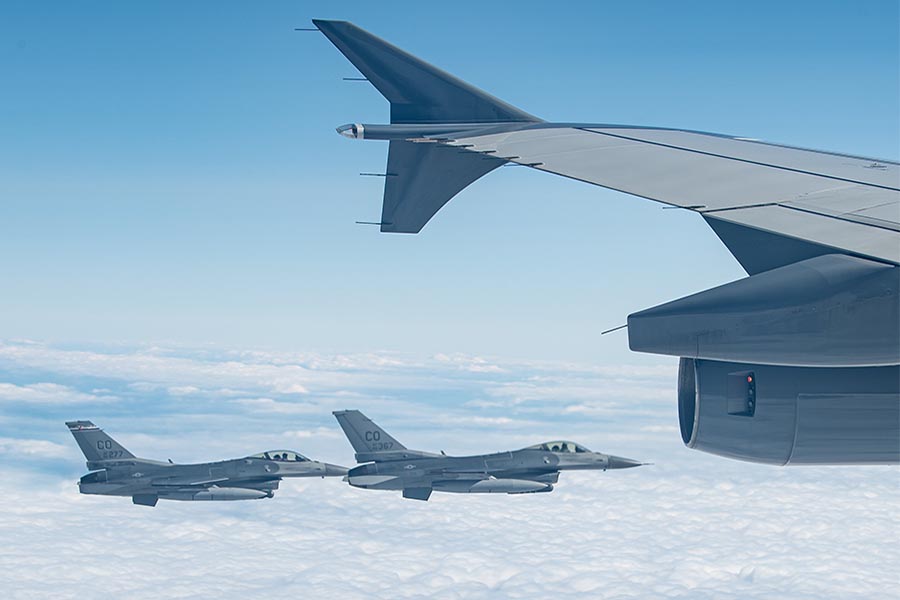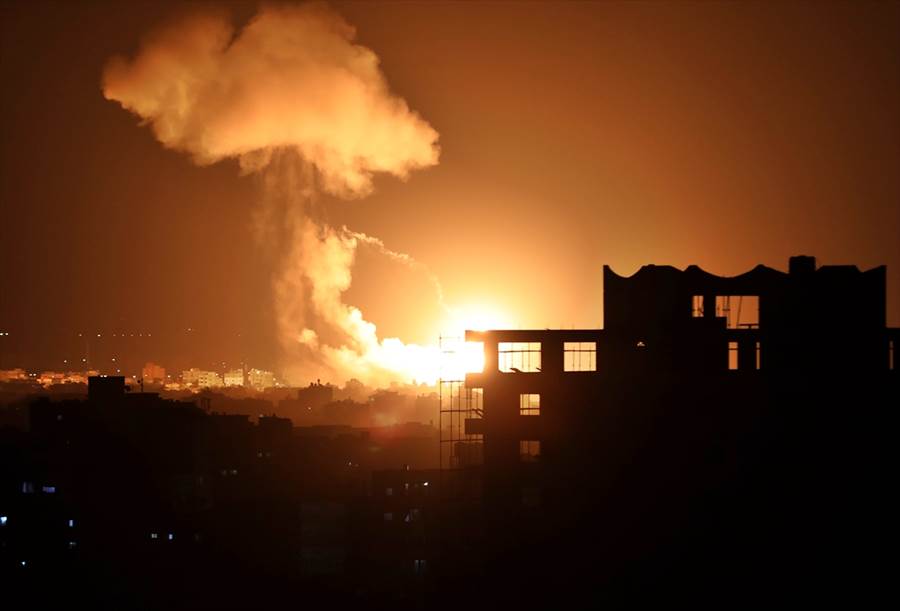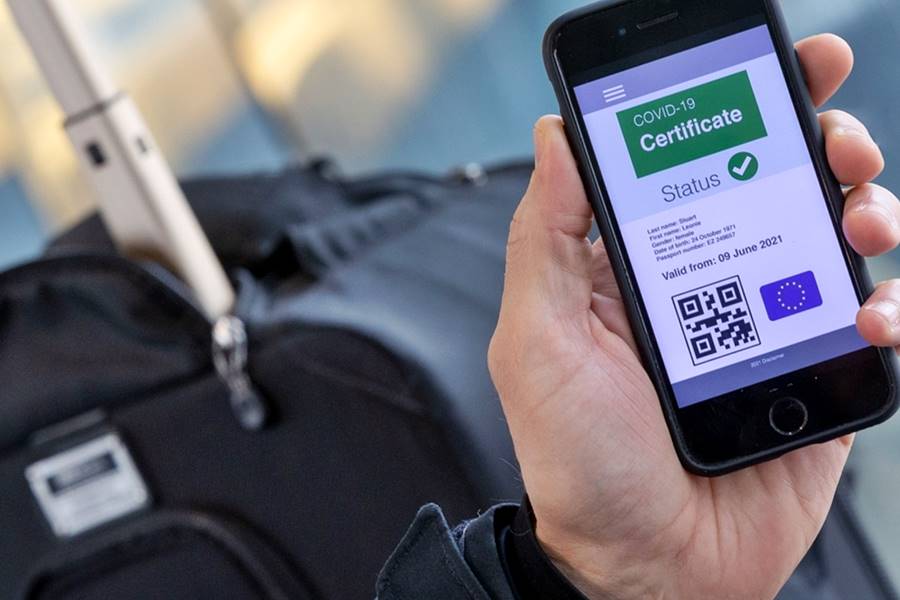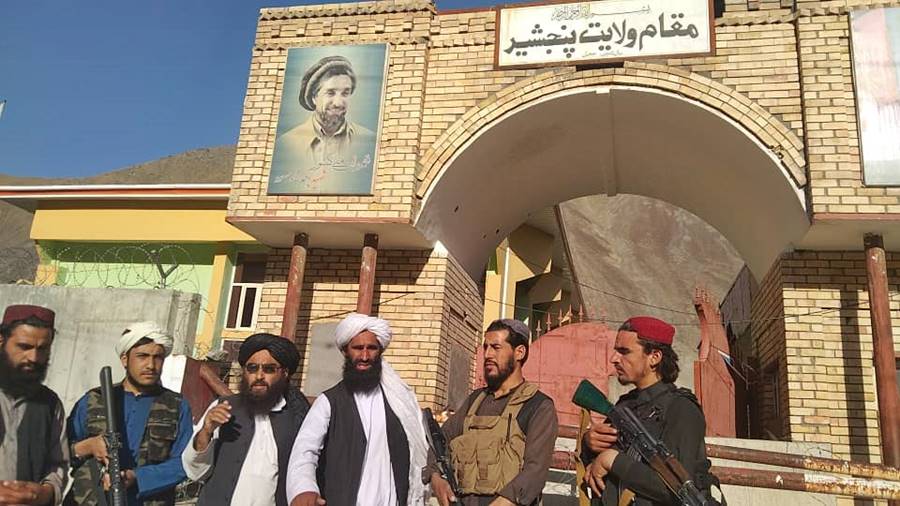Mon 23 November 2020:
The US on Sunday formally exited the decades-old Open Skies Treaty, some six months after President Donald Trump first announced the decision, according to the US State Department.
“On May 22, 2020, the United States exercised its right pursuant to paragraph 2 of Article XV of the Treaty on Open Skies by providing notice to the Treaty Depositaries and to all States Parties of its decision to withdraw from the Treaty, effective six months from the notification date,” said Deputy Spokesperson Cale Brown in a statement.
“Six months having elapsed, the US withdrawal took effect on November 22, 2020, and the United States is no longer a State Party to the Treaty on Open Skies.”
The treaty allows nations to fly above each other’s territory on military reconnaissance flights as a measure to help bolster confidence neither country is imminently preparing for war.
Thirty-four nations are party to the treaty, including Russia, Turkey, many European countries and Canada.

The US has repeatedly said Russia is in violation of the treaty since 2017, citing in particular Russia’s decision to limit flight distances to 311 miles (500 kilometers) above a Russian exclave sandwiched between Lithuania and Poland, denying flights near the Georgian-Russian border, and rejecting a previously-approved flight over a military exercise in 2019.
Trump announced his decision to withdraw from the treaty in May, saying: “Russia didn’t adhere to the treaty, so until they adhere, we will pull out.”
Writing on Twitter, Steven Pifer, non-resident fellow at the Brookings Institution’s Arms Control and Non-Proliferation Initiative, called the withdrawal “one more blow” by the administration of US President Donald Trump to arms control efforts, and called on President-elect Joe Biden to rejoin the treaty.
In an article, Pifer noted that, despite US reconnaissance satellites being superior to the aircraft permitted in the Open Skies agreement, the treaty has “several advantages”.
US today leaves Open Skies Treaty, one more blow inflicted by #Trump administration on arms control. Incoming #Biden administration should seek to rejoin treaty.https://t.co/SpPA6eV0Hj
— Steven Pifer (@steven_pifer) November 22, 2020
Those include giving “US allies and partners, who lack sophisticated imagery satellites, the opportunity to gather confidence-building data,” said Pifer, who also noted that aircraft have “greater flexibility” than satellites and flights can be used as political statements.
“Our allies have made clear they want us to remain in the Treaty, and to work together to address compliance issues with Russia,” he wrote in a statement in May. “Without us, the Treaty could crumble. Withdrawal will exacerbate growing tensions between the West and Russia, and increase the risks of miscalculation and conflict.”
FOLLOW INDEPENDENT PRESS:
TWITTER (CLICK HERE)
https://twitter.com/IpIndependent
FACEBOOK (CLICK HERE)
https://web.facebook.com/ipindependent
Think your friends would be interested? Share this story!




















